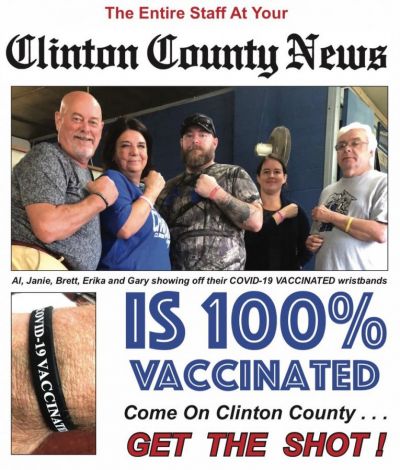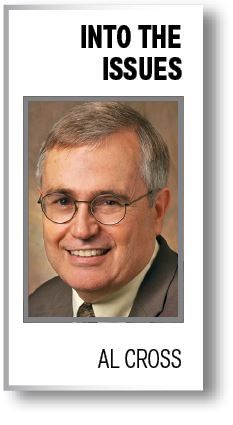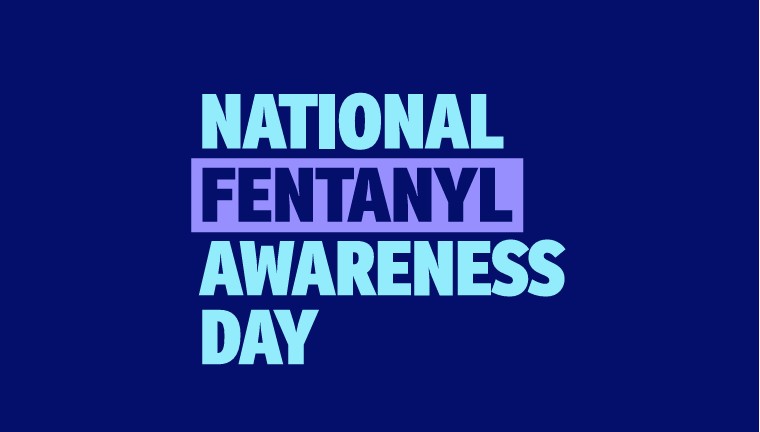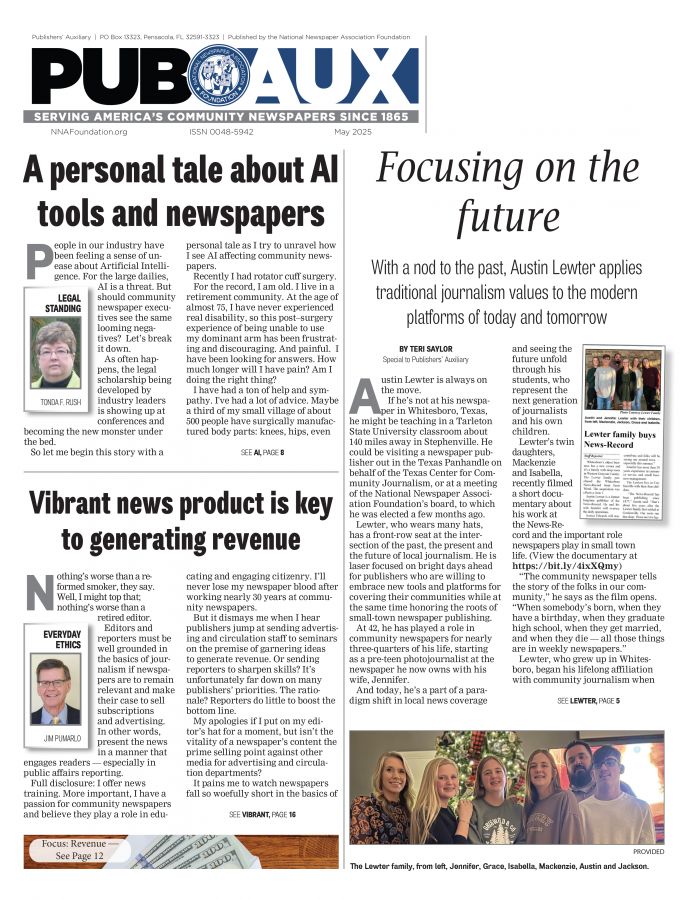Let’s steer some of that pandemic relief money into sample copying
Al Cross
Oct 1, 2021


Millions of Americans say they won’t get vaccinated for the coronavirus, but polling and anecdotal evidence show that some will change their minds. Community newspapers have a role to play in that, especially in rural America, where vaccination rates are lower than the rest of the nation — sometimes dangerously lower.
Few vaccine-hesitant or -resistant people are likely to be persuaded by a news story or editorial urging vaccination, but it's important to keep delivering facts about the vaccines because social media sites are awash with misinformation about them. But how do we reach the majority of people in our communities — those who don’t regularly read their local newspaper?
Close readers of this column might remember that last month, I wrote that Kentucky officials were considering our proposal with the Kentucky Press Association to subsidize sample copying of newspapers that contained information about the coronavirus. We had a tentative commitment, but higher-ups turned down the plan “for now.” I think our opportunity has passed, but it could still be viable in almost any other state, so here it is.
Please steal it.
The fundamental concept is to amplify the trust enjoyed by community newspapers and local health-care providers.
Our plan called for participating newspapers to produce four pages with pandemic information, hopefully with a local focus and quoting local providers, health officials and people who changed their minds about getting vaccinated. Ideally, a story on the front page would explain to non-subscribers why and how they were getting the paper.
The state, presumably using federal pandemic relief funds, would buy four display ads for the section and help cover the extra cost of printing and mailing a sample-copy edition. We came up with a formula that’s too involved to explain here, but we can share it with you.
Newspapers would keep complete editorial control, but the state would pay for an independent consultant I recommended to help papers through the sample-copy process and come up with good story ideas, sources and approaches. To those who wondered about the link between editorial content and an advertiser, I said this concept was much like the common practice of an advertiser buying space if it were in a certain part of the paper.
One other point about those health-care providers: They may need a little encouragement from you. A poll for the Foundation for a Healthy Kentucky in August found that only 20% of Kentucky adults said that a doctor or other health-care provider had contacted them about getting vaccinated against the coronavirus. It appears that vaccination is a lightning rod for health professionals, too.
There's another way to promote vaccination: lead by example.
That's what Alan Gibson, editor and publisher of the Clinton County News in Albany, Kentucky, did in his Sept. 23 edition. On the back page was a house ad telling readers that the paper's entire staff of five was vaccinated and urged readers to do likewise.
Gibson told me he got the idea from the Kentucky Chamber of Commerce's "COVID Stops Here" campaign, which provides signs that businesses can download and print to display their level of vaccination, and lets them post their logos on the Chamber of Commerce’s website to do likewise.
Gibson knew his staff was fully vaccinated. "I thought, we should promote this," he said. Why? “We're one of the hardest-hit counties in the nation, but we're one of the slowest to get vaccinated.” And he thought it would be better to persuade by example than to lecture: “Do as I do, you know? I'm tired of arguing with people because the arguments aren’t valid.” He said it's worth the effort "if just one or two people look at it and say, 'I need to go ahead and do this.'"
Gibson could be called a beacon in a wilderness. Only two other newspapers have their logos posted on the Kentucky Chamber site, and they're in the state's most highly vaccinated counties: The State Journal of Frankfort in Franklin County and The Woodford Sun in Versailles; 79% and 77% of the adjoining Bluegrass counties' vaccine-eligible residents, respectively, are fully vaccinated. In Clinton County, where I grew up, it's only 38%.
In addition to editing and publishing The Rural Blog, I do likewise with Kentucky Health News, which sends a weekly update to Kentucky editors. A few weeks ago, I told them, "There is no more immediately pressing public interest in this country than persuading people to get vaccinated, and local medical professionals and news media are more trusted than those at state and national levels. Please do your part. It's a slog, but if the heroes of public health can do it, so can we."
What are you doing to promote vaccination?
Al Cross edited and managed rural newspapers before covering politics for the Louisville Courier Journal and serving as president of the Society of Professional Journalists. He is the extension professor of journalism at the University of Kentucky and director of its Institute for Rural Journalism and Community Issues, which publishes The Rural Blog at irjci.blogspot.com and the Midway Messenger at MidwayMessenger.org.










